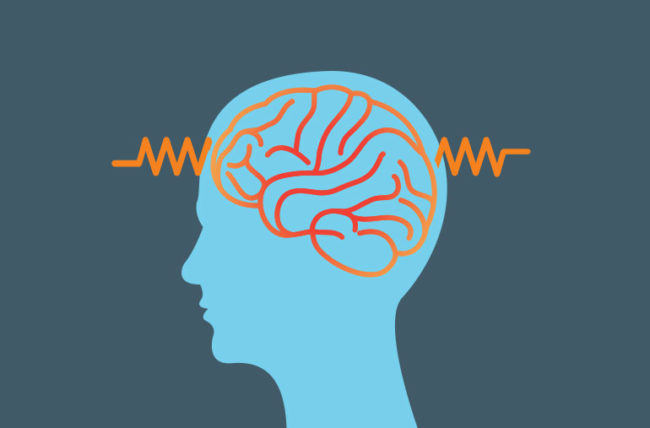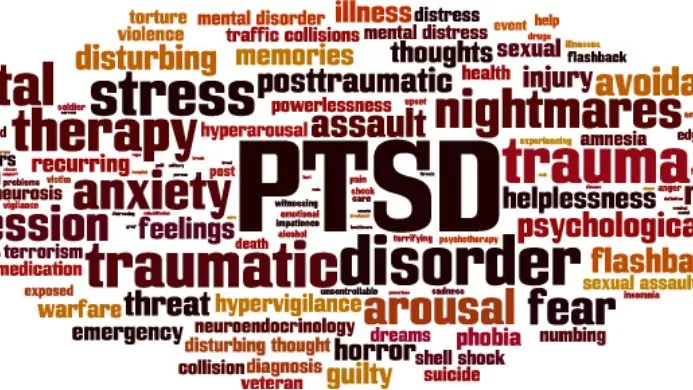Everything You Need to Know About the Endocannabinoid System
The endocannabinoid system was discovered in 1992 by Lumir Hanus, a chemist who identified the first known cannabinoid in the brain while researching cannabinoid science. This finding led to the discovery of an entire system in the human body, responsible for all kinds of crucial functions in the human body. Even if you don’t use cannabis, this system is always active in your body to fight off external stressors and return your body to its resting state.
The name of this system, ‘endocannabinoid’, tells us that this is an endogenous, or natural, part of the body, and that it produces cannabinoids, even if you don’t consume CBD or THC products. But how exactly does this amazing bodily system work?
What is the Endocannabinoid System?
While researchers are still trying to fully understand the Endocannabinoid system, we know that it’s a cell-signaling system that impacts a wide range of bodily functions, such as sleep, appetite, mood, memory, reproduction, muscle formation, liver function, nerve function, and more

These processes are all important to homeostasis, or the stability of your body’s internal environment, and researchers theorize that homeostasis management is the main purpose of this system. The Endocannabinoid system becomes active when your body’s homeostasis is interrupted by external forces, like inflammation or pain.
The endocannabinoid system is located mostly in the brain and spinal cord, but other endocannabinoid receptors can be found in other organs and tissues, like white blood cells, the spleen, and the gastrointestinal system. Even if you don’t consume cannabinoids, your Endocannabinoid system is always active.
How Does The Endocannabinoid System Work?
Now that we now what the Endocannabinoid system is, it’s time to talk about how it works. The endocannabinoid system is made up of endocannabinoids, receptors, and enzymes, which all have their own roles to play in maintaining your body’s homeostasis.
Endocannabinoids are molecules similar to cannabinoids found in hemp plants, but they’re produced completely by your body. There are two main endocannabinoids that we know of: anandemide (AEA) and 2-arachidonolylglyerol (2-AG). These endocannabinoids are responsible for making sure your bodily functions are running smoothly, without any external interference.
Endocannabinoid receptors are located throughout the body, and are responsible for interacting with endocannabinoids to know when the Endocannabinoid system needs to fight off external bodily stressors. The two main endocannabinoid receptors are CB1, located throughout the central nervous system, and CB2, found in the peripheral nervous system and immune cells. Once endocannabinoids attach themselves to the receptors, the ECS kicks into action to return the body to its resting state.
The last component of the Endocannabinoid system is enzymes that are specifically deployed to break down endocannabinoids once they’ve served their purpose of signaling bodily stress to the endocannabinoid receptors. This prevents the ECS from overcorrecting and upsetting homeostasis in the opposite direction.
How Does The Endocannabinoid System Interact With CBD and THC?
THC, the compound in cannabis plants that produces a “high”, interacts with both CB1 and CB2 receptors and triggers their effects, just like the endocannabinoids in your body. This means THC can do things like relieve anxiety and stimulate your appetite.
Unlike THC, CBD does not bind to both CB1 and CB2 receptors. Researchers are still unsure of how exactly CBD interacts with the ECS, but the most popular theory at the moment is that it prevents enzymes from breaking endocannabinoids down quickly, extending their effects on the body. This suggests that CBD could be effective for relieving problems like nausea, insomnia, and anxiety, but no conclusive evidence has been found.
While there’s still a ton that we don’t know about the Endocannabinoid system, it’s truly fascinating to know that our bodies are capable of producing cannabinoids without the use of cannabis. It’s no wonder why scientists are so eager to learn more about this powerful bodily system!





